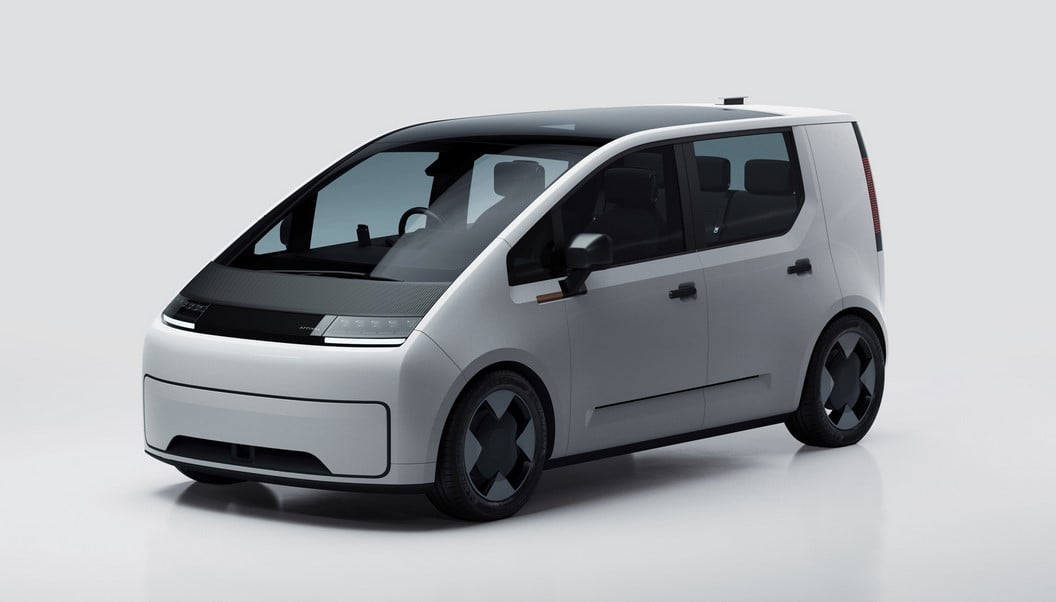
Both in Europe and the U.S., ride-hailing services need to go fully electric as soon as possible. Otherwise, local pollution problems and global warming issues increase. Last week, the UK-based company Arrival acknowledged exactly that with an early prototype focusing on what best suits the needs of the new generation of taxi fleets used by services like Uber and Lyft.
Arrival claims that the vehicle, resembling a high-roof hatchback, offers “exceptional visibility and comfort,” with twice the legroom compared to other models of similar length, which is roughly the same as the VW Golf. The car’s priorities, according to the company, were uptime, driver comfort, safety, and convenience. A raised driving position and a forward cabin design help improve urban visibility, while rear seat space and a sense of separation were top priorities. The spacious legroom allows for luggage space near passengers’ feet in the cabin, and the front passenger seat can be turned forward if necessary.
Powertrain and cargo specifications for the EV were not disclosed yet, as Arrival claims it was developed in collaboration with real Uber drivers. The vehicle will now enter design and testing phases as it moves toward a production version.
The project was announced earlier this year, confirming that Arrival and Uber would “explore a strategic relationship in key markets,” including the U.S., UK, and the European Union.
Arrival points out that the vehicle addresses a global need and targets around 30 million drivers in the worldwide ride-hailing sector.
Arrival’s approach to the U.S. market so far has focused on larger commercial vehicles, with plans to deliver an electric van later in 2022. The company also plans to start local production of electric buses in a South Carolina “microfactory” around the same time.
The unveiling of the Uber-focused EV aligns with a May announcement, where the company stated that the vehicle would be revealed by the end of 2021, with the goal of commencing production in the third quarter of 2023.
What’s missing from these announcements is the financial model. Uber currently bases its business model on drivers supplying their own cars. While Uber hasn’t committed to purchasing Arrival vehicles, it can be assumed that there will be some level of incentive.
Focusing back on the U.S., California plans to require ride-hailing electric vehicles by 2030, intending to do so with a regulatory and credit system similar to its ZEV mandate requiring electric vehicles, likely prompting subsidies from private transportation companies to reduce electric vehicle lease prices. Indeed, the mandate for electric vehicles in ride-hailing is not far ahead of the state’s own plans to transition all new light-duty vehicle sales to electric by 2035. However, it is more urgent to curb urban emissions and help offset “empty miles” with only the driver on board.







